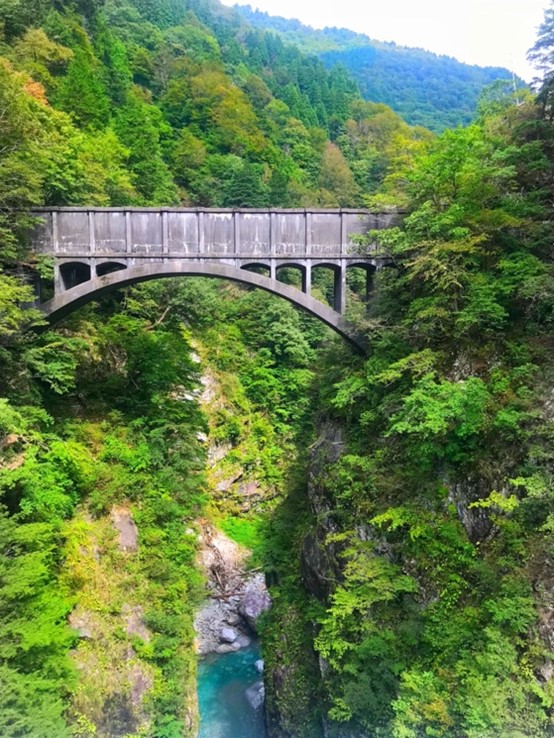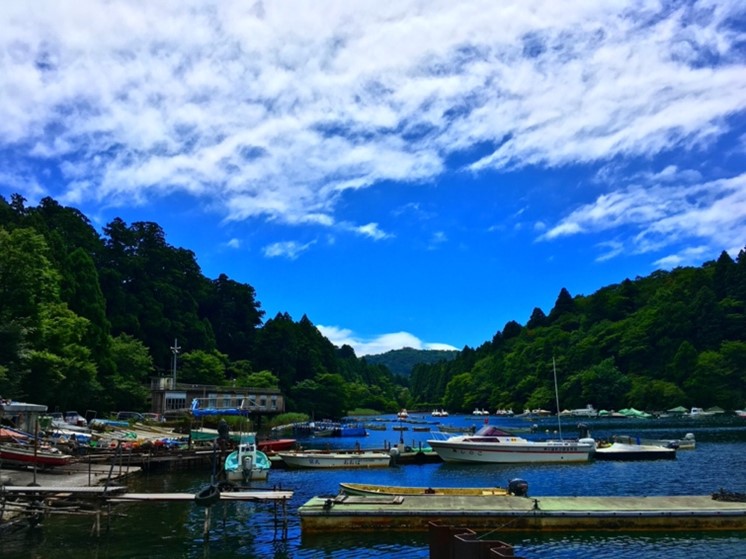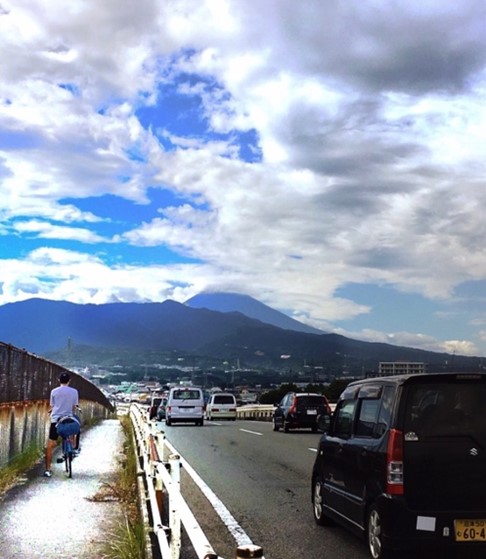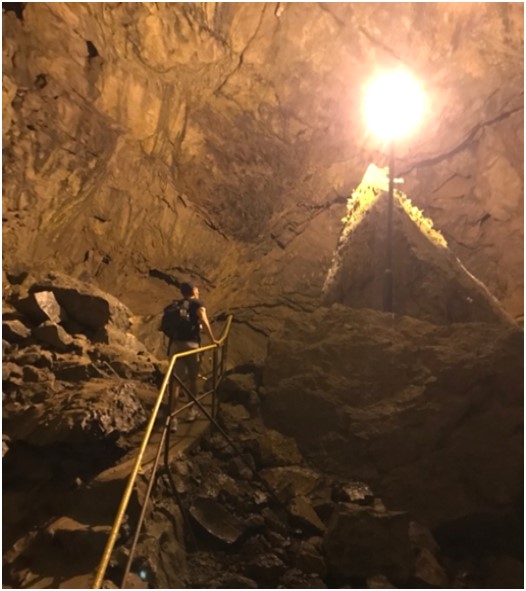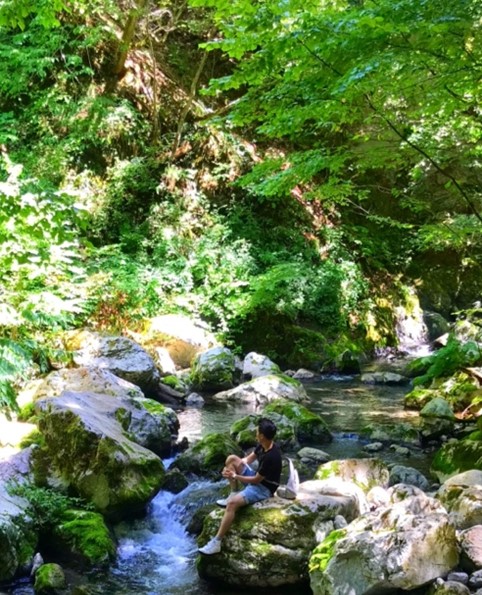By Tu Thanh Ngo (Frank Tu)
From shiny golden sand dunes to majestic snowy alps, from boundless paddy fields to deep green forests: rural Japan has so much to offer. Rural Japan is irresistibly charming, serene, picturesque, and fresh. This is quite a stark contrast to urban concrete jungles. Many urbanites enjoy a retreat in rural areas for a change after weeks and months of following ‘9 to 5’ schedules. Personally, while in Japan I always looked forward to a run-away trip over the weekend to escape the hustle and bustle of big cities.
Photo 2: Kurobe-shi, Toyama Prefecture: The charm of Kurobe.
Copyright © Ngo Tu Thanh 2018
So much of the charm of rural Japan comes from so-called amenities. Amenities are broadly defined as features of a region that make it an appealing place to live and work [1], which could be natural and cultural resources or job opportunities [2]. Having rich cultural and natural amenities is a factor to attract tourists as well as potential settlers.
In light of the many rural problems, some rural development scholars argue that one of the most successful strategies to help revitalize rural areas is amenity-based development [3]. They suggest that rural communities should capitalize on local amenities to attract newcomers, be it tourists or long-term migrants. Besides, newcomers play a significant role in rural revitalization by boosting consumption and the service industry in local communities. Moreover, young migrants – those seeking self-fulfillment and new challenges in rural Japan – can also help improve local amenities through activities such as developing local goods, working in local education, branding local products, or promoting the locality through their posts on social media [4].
Photo 4: Fuji-shi, Shizuoka Prefecture: The famous Fuji-san.
Copyright © Ngo Tu Thanh 2016
This strategy to make use of local amenities is also reflected in the Japanese government’s Comprehensive Strategy for rural revitalization. In particular, “Tourismization and networkization of regional resources” is one of the tourism schemes included in the national version of the Comprehensive Strategy [5]. The scheme aims to capitalize on local amenities such as snow resorts, beaches, hot springs, gastro-tourism, geoparks, and cultural practices. Many municipalities follow this strategy. For instance, some focus on hot springs, others focus on traditional crafts such as pottery or bamboo art.
After a few years of travelling, I am still surprised that there are so many hidden gems in rural Japan, which are definitely as astonishing as the more mainstream spots. Should those places become more popular, it is likely that more newcomers and investors would come. I wonder how this would affect the charm of rural Japan.
Copyright © Ngo Tu Thanh 2018
[1]
Power, T. M. (1988) The Economic Pursuit of Quality. Armonk, NY: M. E. Sharpe.
[2] [3]
Green, G. P. and Zinda, J. A. (2013) ‘Rural development theory’, in Handbook of Rural Development. Massachusetts, USA: Edward Elgar Publishing, Inc. pp.3-20.
Johnson, K. M. and Stewart, S. I. (2005) ‘Recreation, amenity migration and urban proximity’, in Amenities and Rural Development: Theory, Methods and Public Policy. UK: Edward Elgar Publishing Limited. pp. 177-196
[4]
Klien, S. (2020) Urban Migrants in Rural Japan: Between Agency and Anomie in a Post-Growth Society. Albany: SUNY Press.
[5]
Prime Minister’s Office of Japan (2020a) ‘Chiiki Saisei Keikaku: Arita “Han’nō Hantō” Suishin Keikaku’. Prime Minister’s Office of Japan. Available at: https://www.kantei.go.jp/jp/singi/tiiki/tiikisaisei/dai49nintei/plan/y116.pdf.


